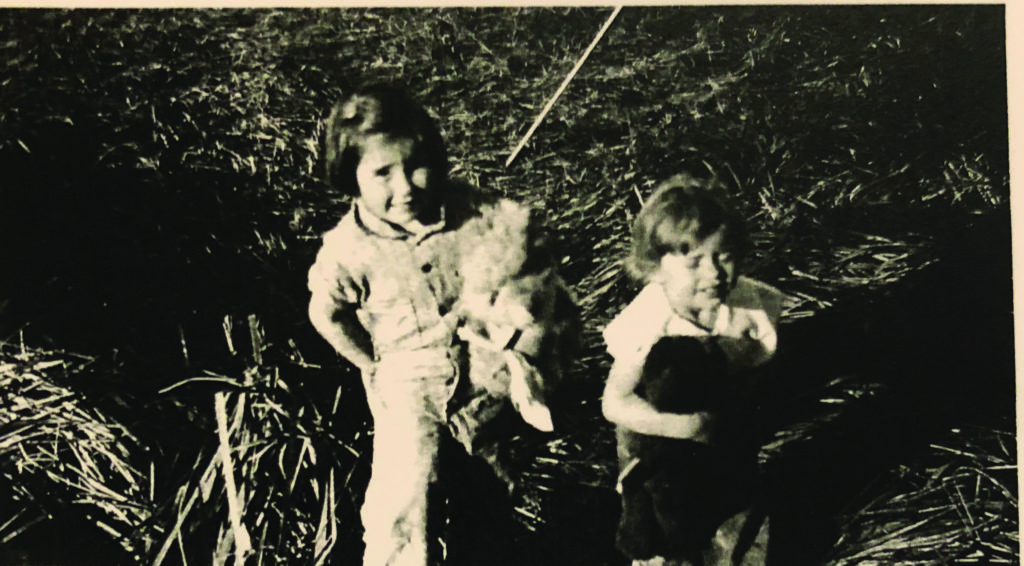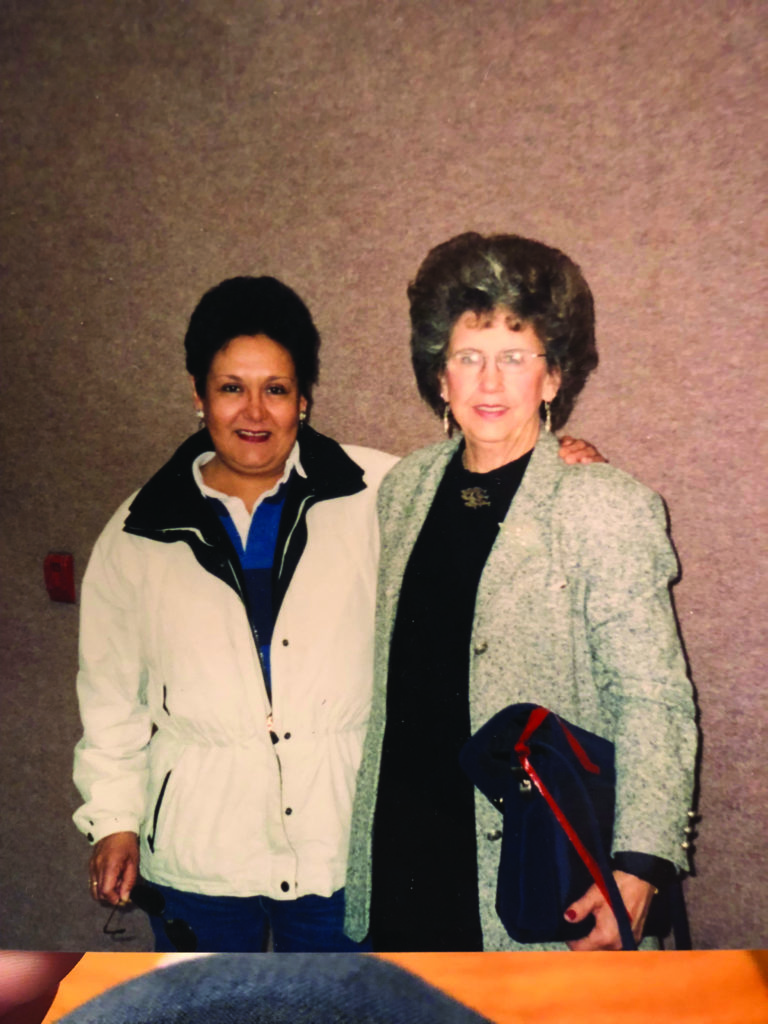A young girl grows up in Nelson Lagoon
By Shayla Shaishnikoff

Excerpted from the Spring 2019 Aleutian Wave.
Margaret Wisbey was born in Nelson Lagoon on Christmas Eve in the 1930s to parents Nick and Carrie “Nelly” Bernsten.
“We had such a wonderful life growing up there in Nelson Lagoon,” Wisbey said. “It really was the best upbringing.” As a child, she enjoyed helping can fish for the winter. “Mom would clean the fish and we would have a big roaring bonfire on the beach. I didn’t even realize we were working.”
Wisbey loved her home, and it was difficult to leave. In the early 1940s, World War II had the Unangan people caught in its crossfire. Nine villages on the Aleutian chain were forcibly removed by the United States Government and the port of Dutch Harbor was bombed by Japanese forces. “When the Japanese invaded, that was a bad time for our people,” said Wisbey.
Residents of Nelson Lagoon were spared from relocation to internment camps, but the U.S. government told them they needed to move to a more populated area. “We saw a Japanese fighter jet fly overhead, and not too far outside of town, trappers found footsteps that didn’t belong to anyone in the village,” Wisbey said. “It was as if we were being watched.”
Nelson Lagoon’s people realized they were in danger and had to find a way to leave on their own. They managed to salvage an old wrecked boat and headed north for King Cove. “We left in the dark of night,” Wisbey explained. “We couldn’t use any lights because we had to make sure we weren’t seen. And we were so unthinkably crowded in that little boat.”
Wisbey hated leaving Nelson Lagoon. “I had to leave behind my hip boots and overalls,” she said. “I remember being upset about that.”
Robert Gould met the boat at the dock in King Cove and directed the passengers to a safe haven, where they ended up spending the rest of the war years. Some of the villagers returned to Nelson Lagoon afterward, but
Wisbey’s family stayed in King Cove after the war so the kids could go to school.
Wisbey first left King Cove to have her first child. Living in Anchorage on her own was tough, but she was tougher. After moving around a few times, she settled down in Bellingham, Washington with her kids and late husband Stewart. They worked hard to ensure they could provide the best for the children. “For a while, I worked three jobs,” she said. “We operated a janitorial service, I managed a 64-unit apartment complex and I owned
the Bloedel Park concessions.”
She was happy, but she missed home and dreamed of having her own commercial fishing boat. She was able to make that dream come true with hard work and perseverance. She bought a boat and went home for the summers to go drift netting. “We fished like mad for years,” she said, smiling.
Today, Wisbey enjoys sewing and making jewelry. She thinks about Nelson Lagoon often and continues to keep in touch with family and friends back home. “I go to back to Alaska every year for the Aleut Corporation meetings and AFN,” she said. “I enjoy hearing from the youth.”
This story exemplifies Wisbey’s strength and serves as a testament toward the resiliency of the Unangax people.



